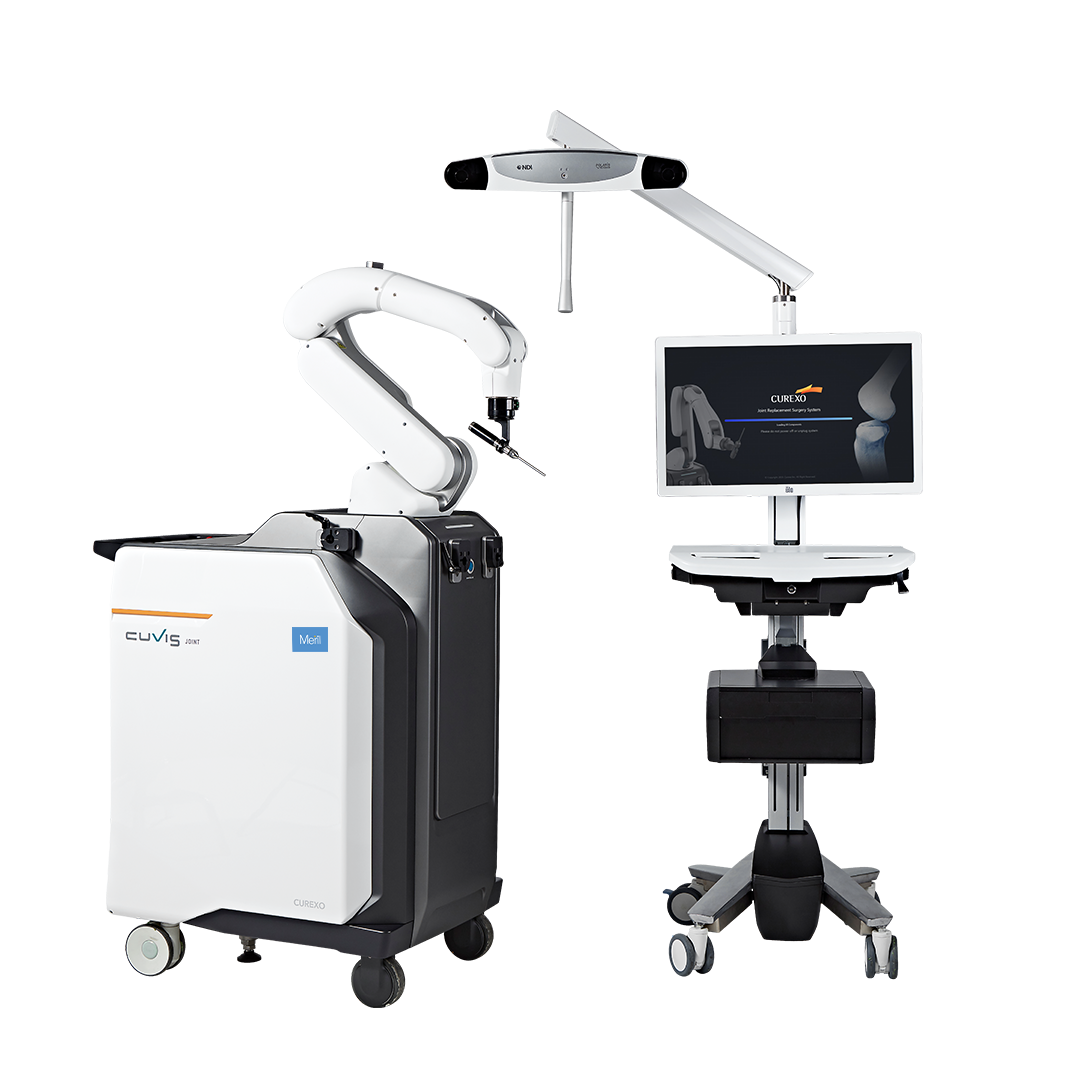It won’t be a hyperbole if we end up calling 21st century an era of artificial intelligence (AI) and technological innovation. An introduction of robotic systems for the successful execution of joint replacement procedures is one of such revolutionary example of AI addressing healthcare requirements. Knee Replacement being the prominent amongst all other joint replacement surgeries, had the privilege of getting more attention from researchers and technologists. If we are to differentiate currently available knee replacement robotic systems, they are briefly classified as passive, semi-active and active systems. The major factor which has led to this differentiation is the extent of work done by robotic system with least human interference. An autonomous nature of passive robotic joint replacement systems is the least with maximum human interference, which then gradually increases to active systems. Active robotic joint replacement systems which are said to be the most advanced amongst its peers are completely autonomous in nature with least human interference required.
CUVIS Joint, world’s first active robotic
knee replacement system is all set to revolutionize the
way joint replacement surgeries are being done. India’s leading
orthopedic implant
manufacturer Meril Healthcare Pvt. Ltd. did a tie-up with South
Korea based Curexo Inc.
to
bring this revolutionary technology in India and enhance the
quality of healthcare. CUVIS Joint
robotic system is designed on the basis of 4 core values:
Accuracy, Flexibility, Safety and Ease of
Use. When compared to the other available robotic systems in
market, it has performed
exceedingly well across all these values for its surgeons as
well as patients.
CUVIS Joint primarily has 3 major components: Main Console,
Robotic Arm and Planning
Device. With the help of patient specific CT imaging, the
surgeon and team will do the
preplanning of surgery a day prior with planning device.

Main Console with Optical Tracking System (OTS) helps with the real time monitoring and guides surgeon with an execution. Robotic arm with milling tool mounted on its tip does the most important work of bone cutting. One can surely expect submillimetric dimensional accuracy during the cutting operation of this system. In terms of flexibility, it gives an option of choosing resection strategy to surgeon and can also change the surgical plan intra-operatively if required. With restricted bone cutting and an advanced feature like Bone Movement Monitoring (BMM), CUVIS Joint offers maximum safety to its stakeholders


